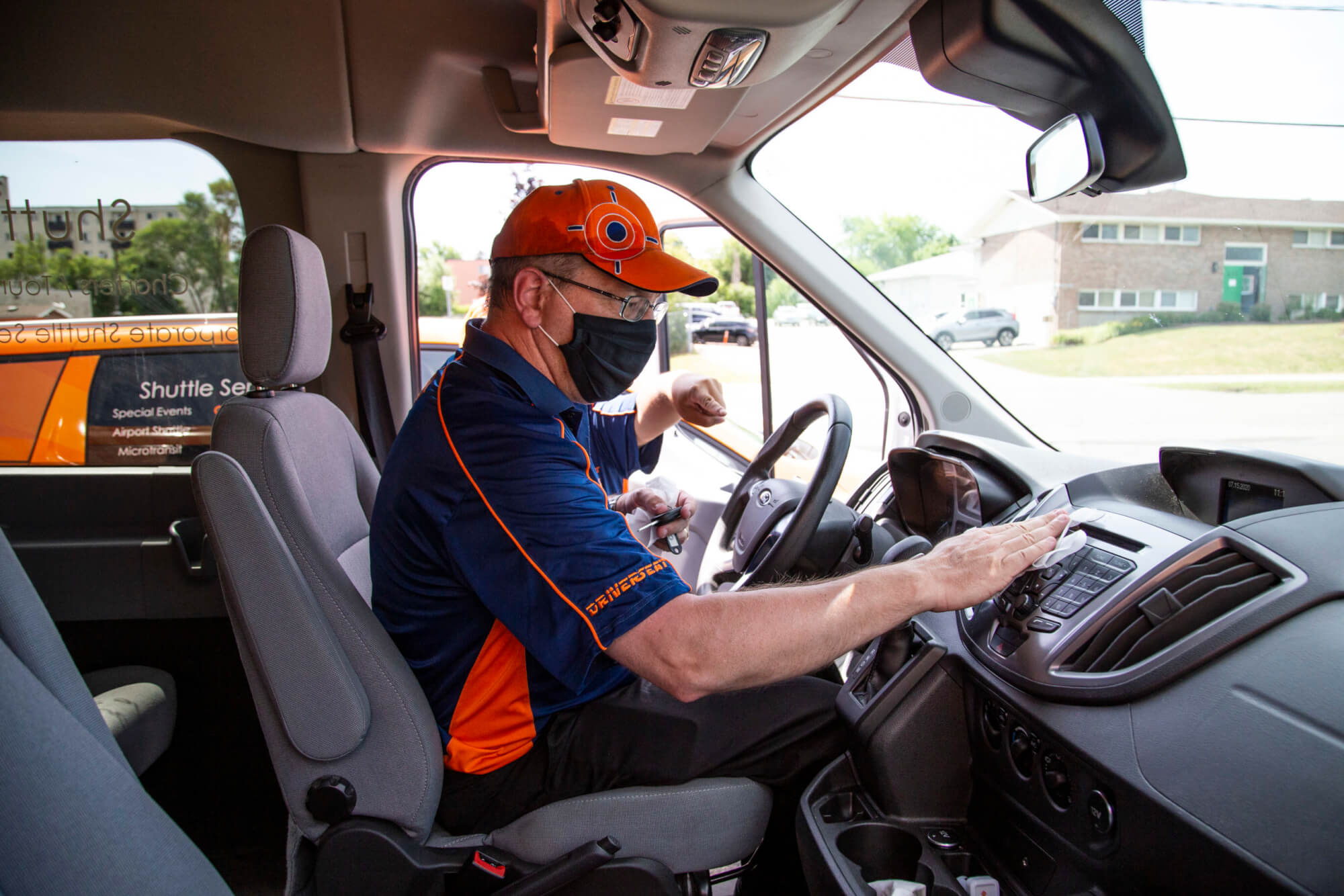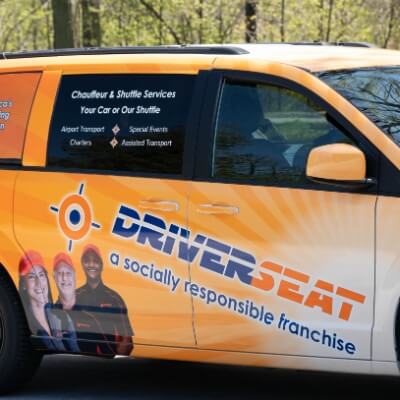Two really significant changes in transportation are emerging from COVID-19.
1. Companies, schools and governments are forward thinking in terms of what ‘the new normal’ looks like. We have been receiving a significant number of inquiries related to transportation which will allow for continued social distancing. Vehicles will operate with a reduced capacity to give more space per rider, and large vehicles may not be appropriate to use given the number of people transporting in close proximity.
-
- Universities that we have partnered with are preparing for students returning to dorms. Shared accommodations may not be possible for the next school year, so there will be a significant shortage of units available. Schools are now looking at leasing hotels and condos to house students that otherwise would have been in residence. This will create unique transportation opportunities, particularly in small to mid-sized vehicles that can assist with managing smaller groups.
- Employers are looking to reduce carpooling and public transportation for their staff. Setting up smaller shuttles to operate in a more nimble and flexible manner gives employers the flexibility to offer transportation while managing exposure to others.
- Government bodies and schools who depend on international travel are working on solutions for transporting large numbers of people from airports. Shuttle vehicles prepared with Personal Protective Equipment (PPE), digital contactless thermometers and in some cases, physical barriers for the Chauffeur will be paramount in ensuring the safe transport of travelers.
2. Transportation for the vulnerable sector will be forever changed. Our partners who provide in-home care services and organizations who staff PSW’s are looking to ensure that clients have access to their services while balancing the need to keep everyone safe from virus transmission.
-
- PSW’s often travel on public transportation to get from client to client. This raises an interesting challenge because they may increase exposure to the client. This will create the need for smaller and more agile transportation services to be employed, which may, in fact, increase their ability to see more clients as a result. We are working with our clients to understand how to offset additional transportation costs with increased revenue through visit count.
- Health care and respite providers working in homes often need to transport clients to day programs, physical therapy or recreational programs. Where there is a lack of other options, these trips have often been done in taxi’s, which may increase exposure to virus transmission. It will be imperative to ensure that vehicles are being disinfected and cleaned between each client to minimize that exposure.
At Driverseat, we specialize in transportation and build programs to specifically meet the needs of the client. We have instituted significant safety measures to protect our Chauffeurs and our clients, and will continually evolve our protocols to meet their needs.




